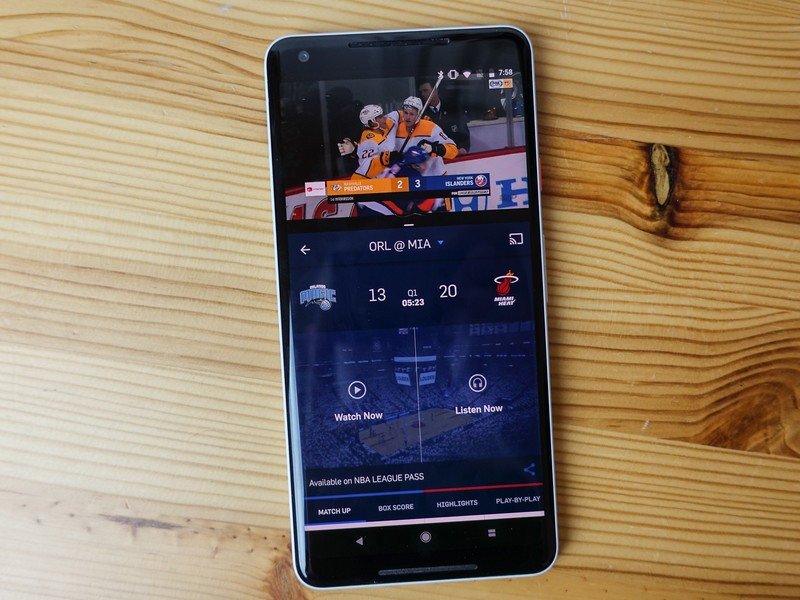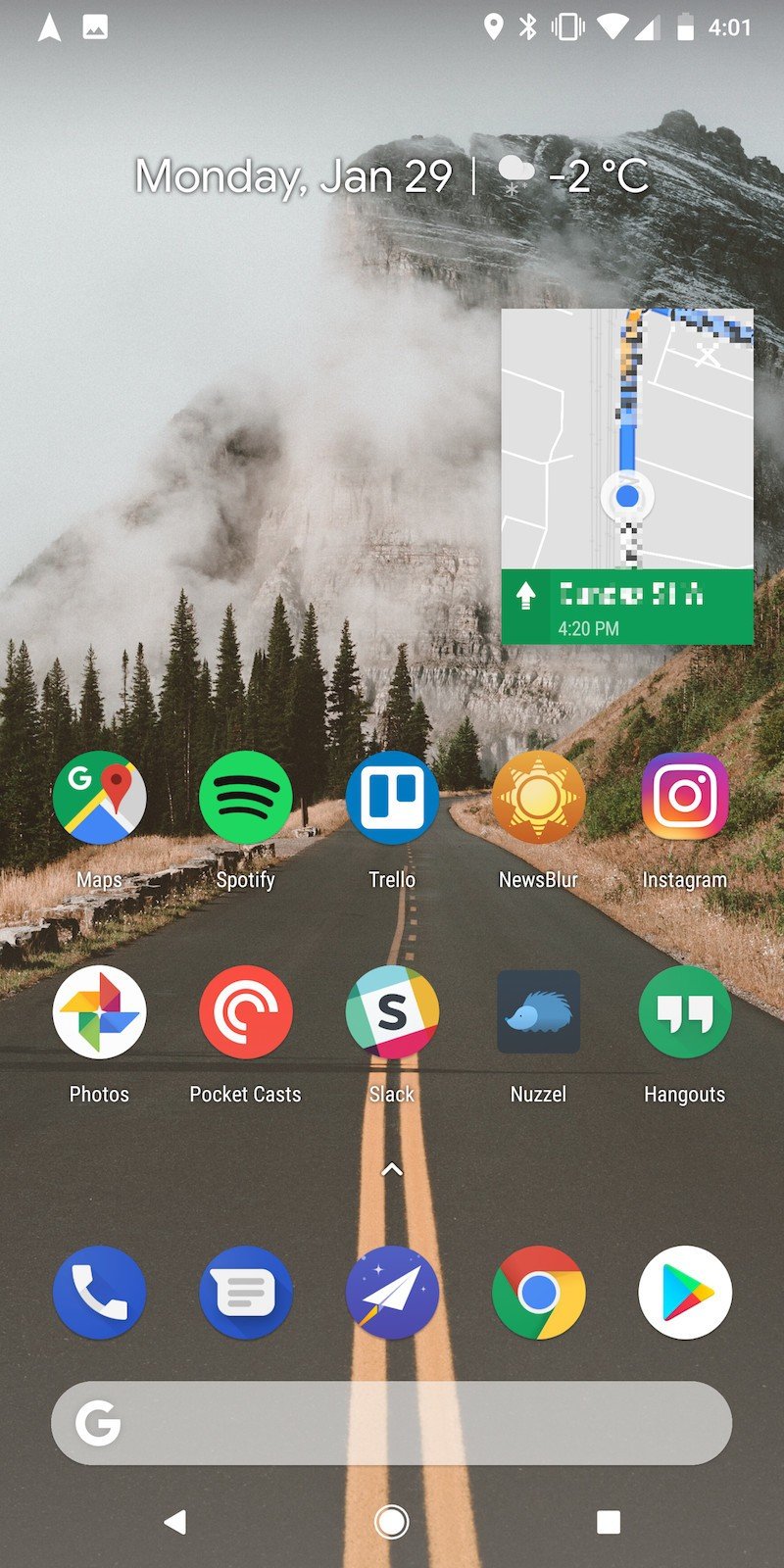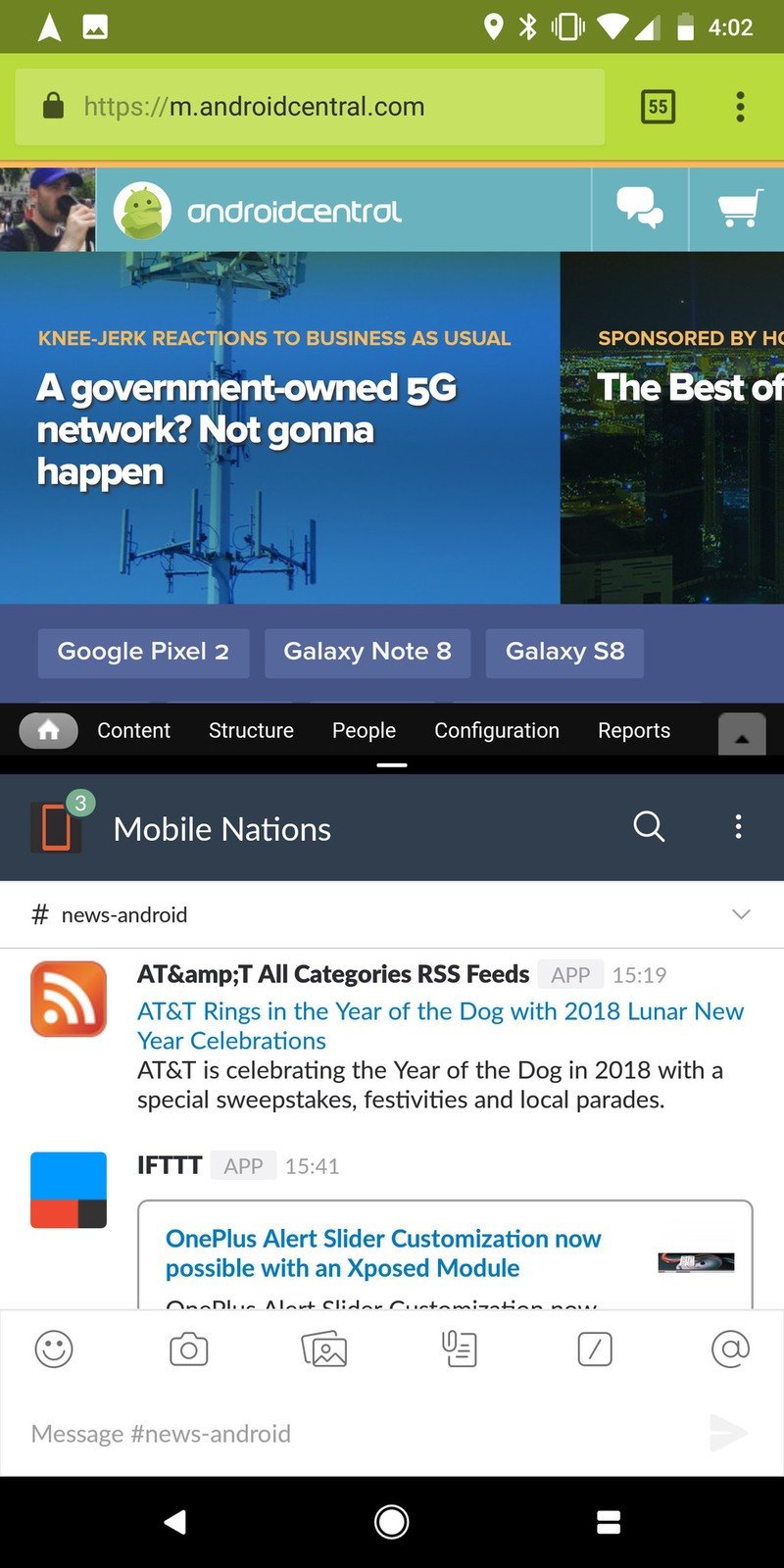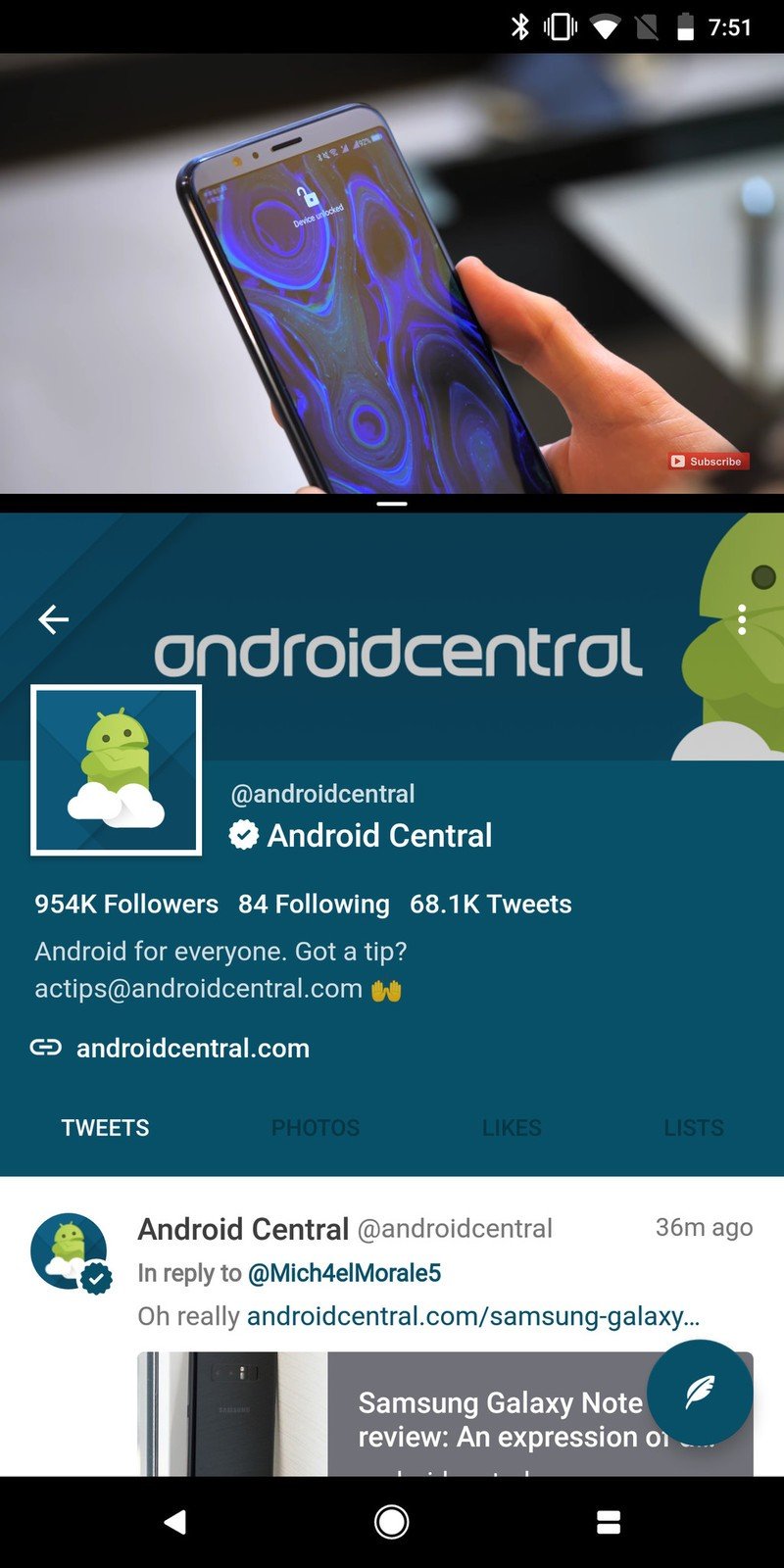Multi-Window on phones is the best Android feature you're probably not using

At the end of 2017, I promised that I would spend less time on my phone, since I wanted to reclaim some of that often-wasted time for other things, like reading or spending more time with actual humans. But I need to use a phone — and often many phones — for work, so picking it up less often is a tricky negotiation.
In recent months, I've found myself relying on a feature that debuted in 2016 with Nougat but improved quite a bit with Oreo: Multi-Window. This isn't some new thing: Samsung had its own version of the feature for years before Google integrated it into Android at large, but so few apps supported it that it became a game of sorts to see which combinations would work. But today, in early 2018, almost all apps support Multi-Window in some way unless they need the entire screen, like a game or photo app; and even those that don't explicitly support, like Spotify, work pretty well.
Thanks to smart resizing, Multi-Window even works nicely on smaller phones like the Pixel 2.
Multi-Window has become somewhat of an addiction for me — even on small phones like the Pixel 2 (not the 2 XL), I find myself watching a YouTube video (in portrait mode) on top while scrolling through a webpage in Chrome or keeping apprised of my coworkers in Slack. In the mornings, I use the Clock app to start a coffee timer while catching up on my RSS feeds in Newsblur.
There isn't a multi-window solution for every multitasking problem, but the beauty of it — and all phones running Android 7.0 Nougat and above can use it, which accounts for around 30% of devices — is that it's so flexible. An alternative sizing of around 65/35 lets portrait users see more of one app, which is my preferred view for watching YouTube videos, since it's not possible (at least where I live) to just listen to the audio in the background.

Multi-Window is the best Android feature that no one is using.
Even without employing Multi-Window, an increasing number of people are watching regular 16:9 video content in portrait mode. Perhaps some are just too lazy to turn the phone around, but the likely reason is that it's just easier to hold a phone upright than having to balance it in landscape mode.
Moreover, the proliferation of phones with taller 2:1 (or in Samsung's case, 18.5:9) aspect ratios make Multi-Window even more useful, because these phones have considerably more vertical space to work with to accommodate additional content in portrait mode. So that YouTube video ends up taking the same amount of vertical space as on a phone with a 16:9 display, but there's a lot more room for a web browser or Twitter feed as a result.
Multi-Window doesn't just take a single form, either: on phones, it can also show up as a small floating window above another app. The most notable example is Google Maps, which shrinks down to a little thumbnail during navigation and can be easily expanded to fullscreen with a couple of taps. This versatility really does enhance the experience, especially when, as a passenger in the car, I can visually reference step-by-step navigation instructions without being beholden to the foreground app.
Get the latest news from Android Central, your trusted companion in the world of Android
The more I experiment with Multi-Window, the more useful it becomes. And because it's built into Android, I find myself using it now more than ever. Of course, the feature is best utilized on larger devices like tablets and Chromebooks, but given that phones today act like both of those things — I do everything on my phone, including work-related tasks — I'll just keep doing what I'm doing.

Daniel Bader was a former Android Central Editor-in-Chief and Executive Editor for iMore and Windows Central.



